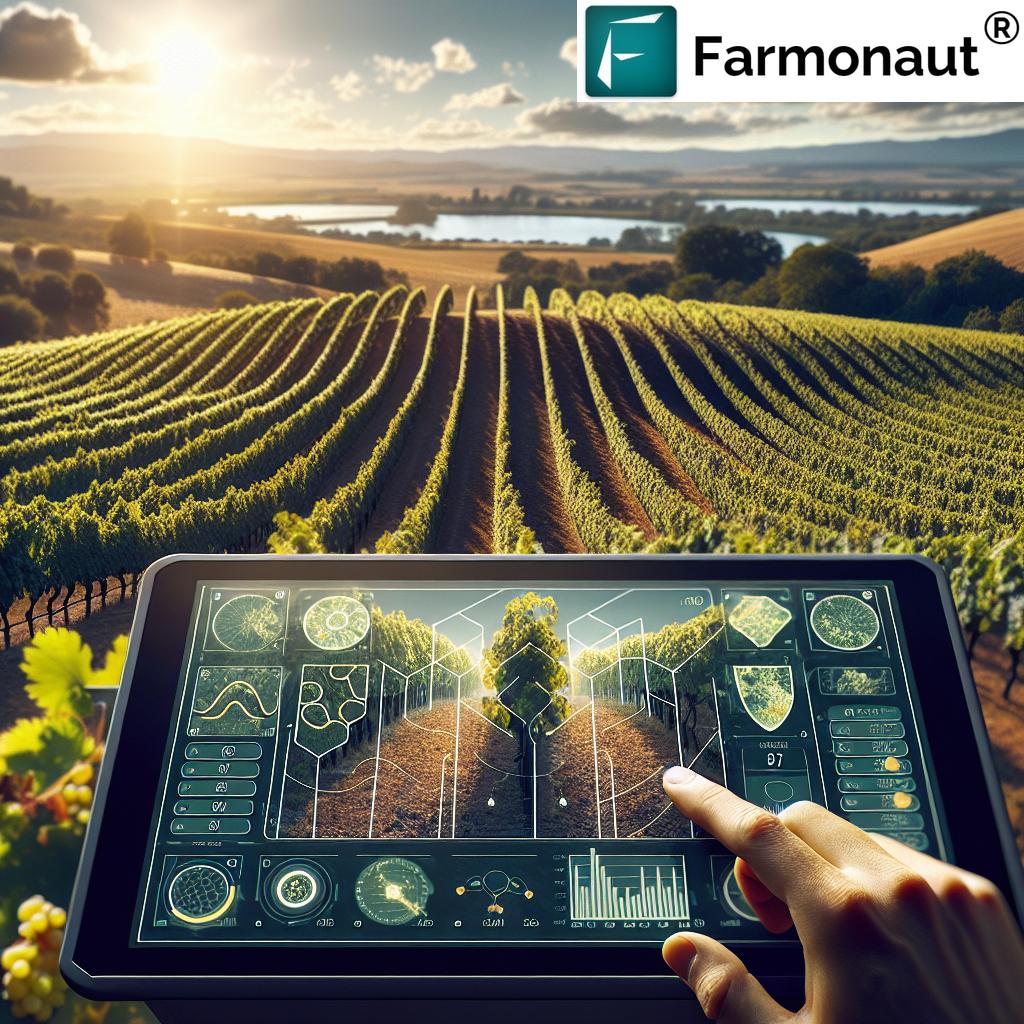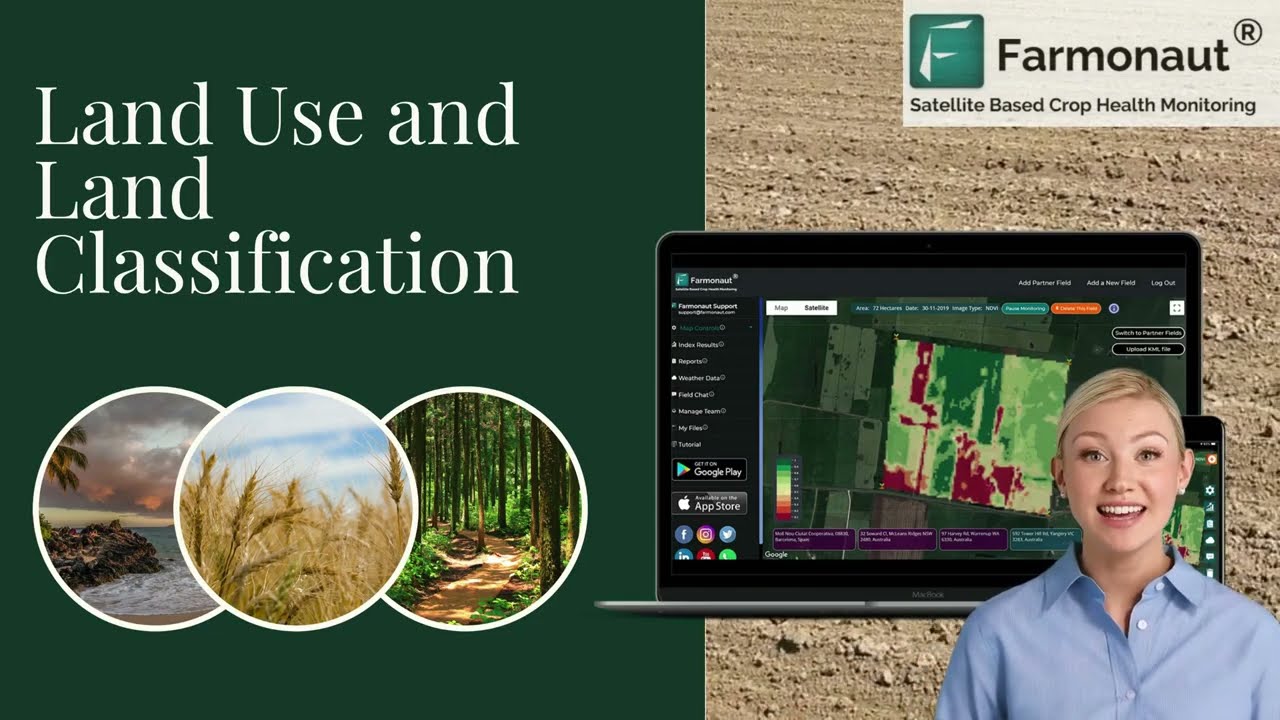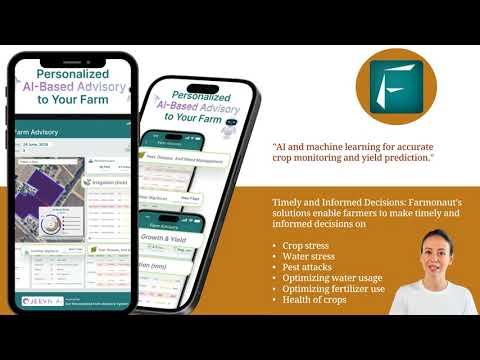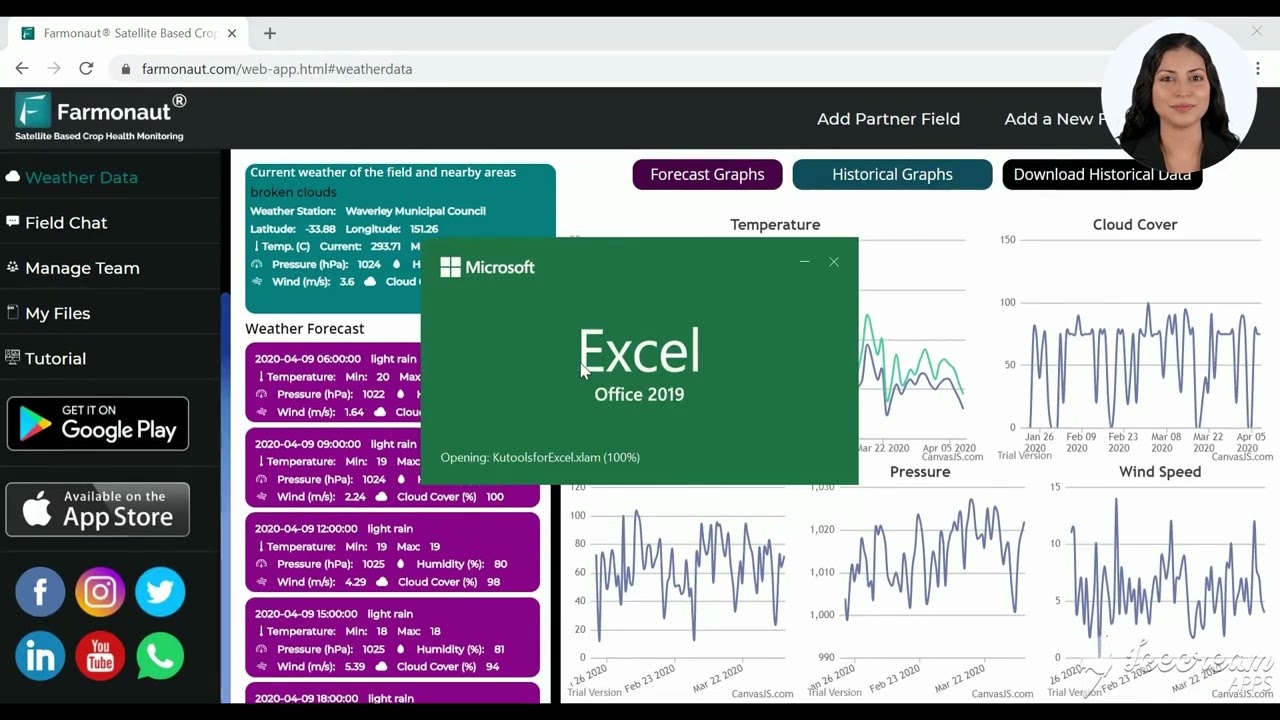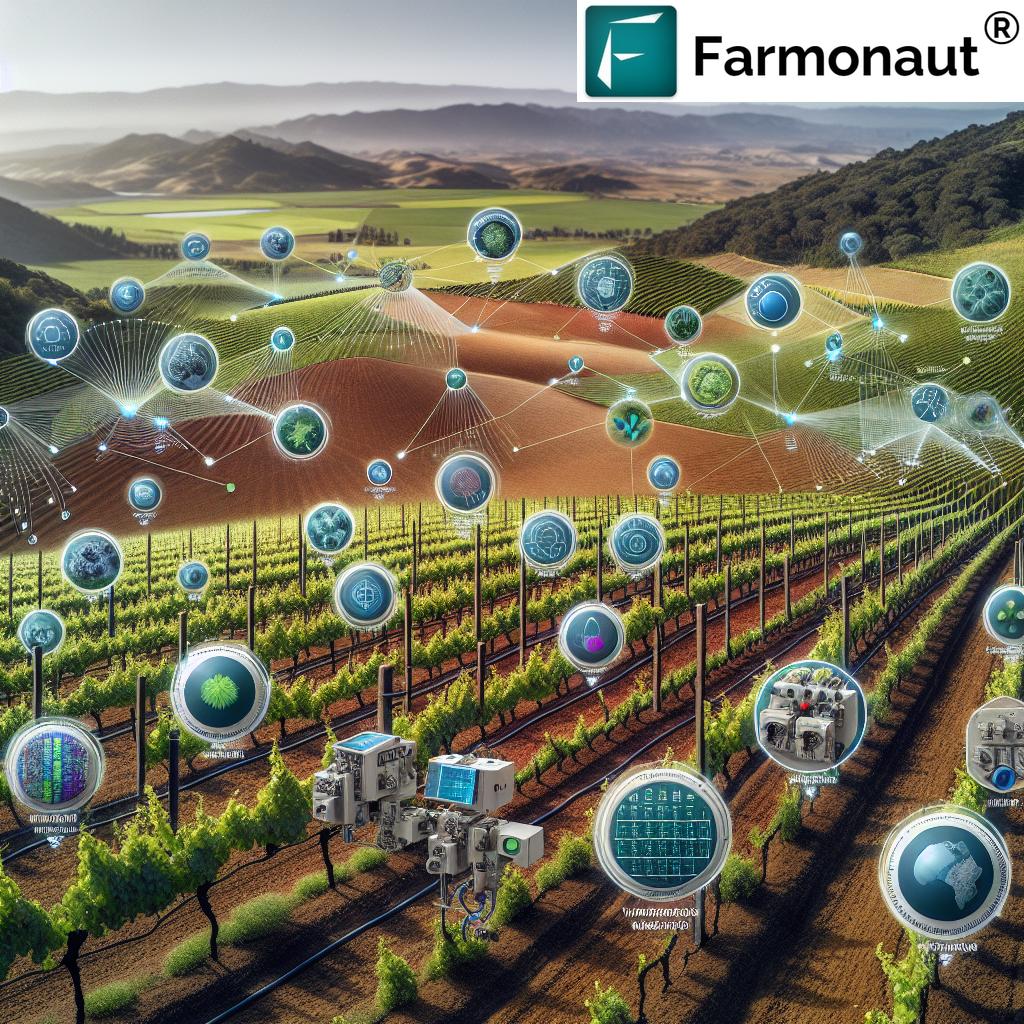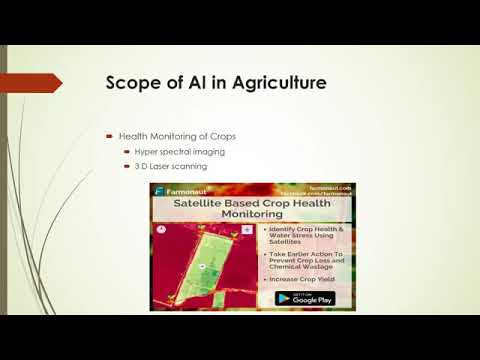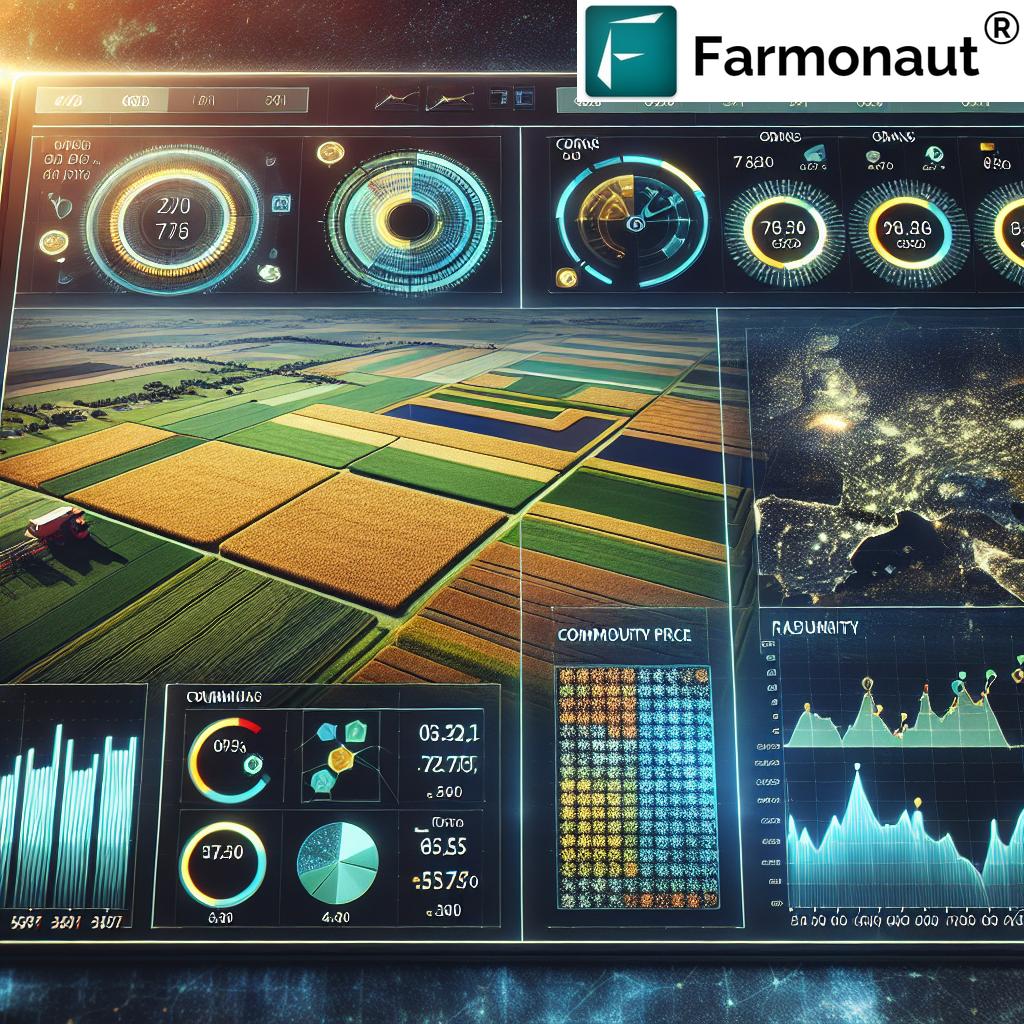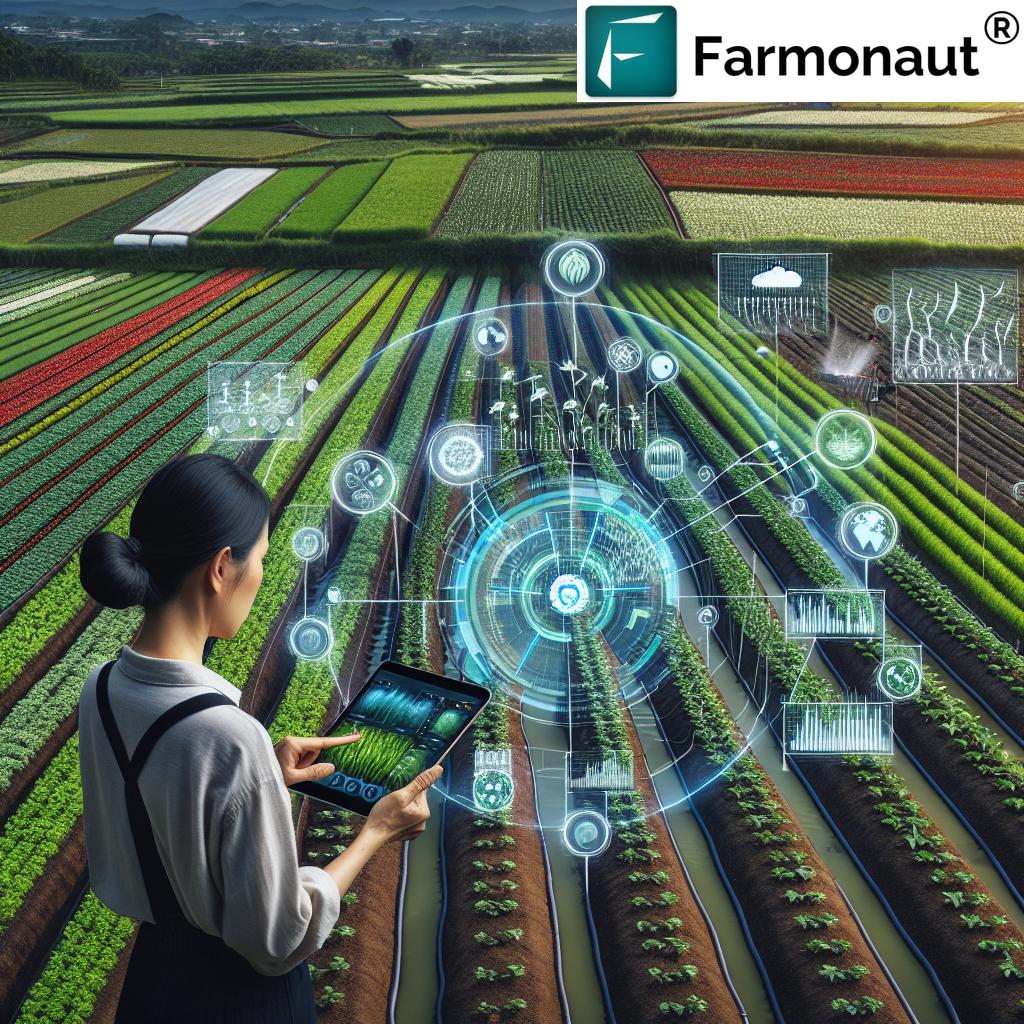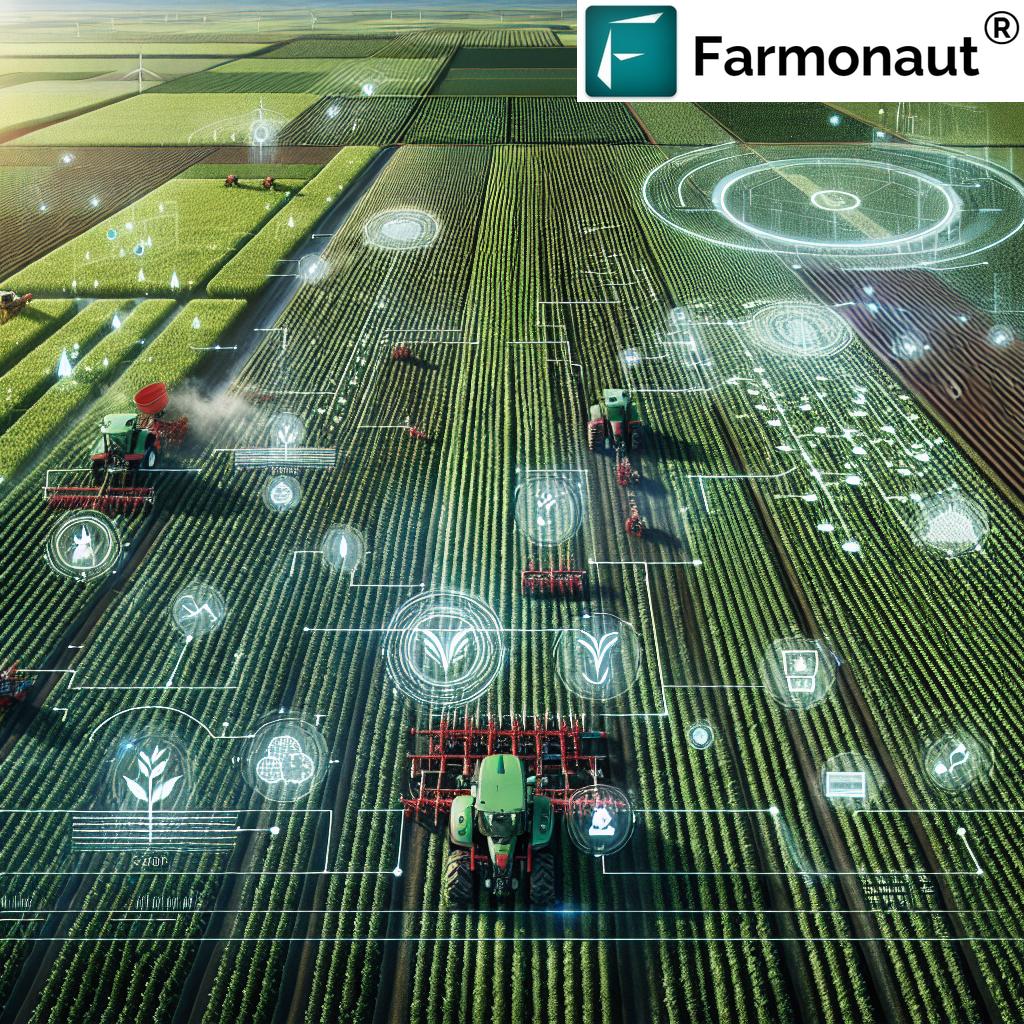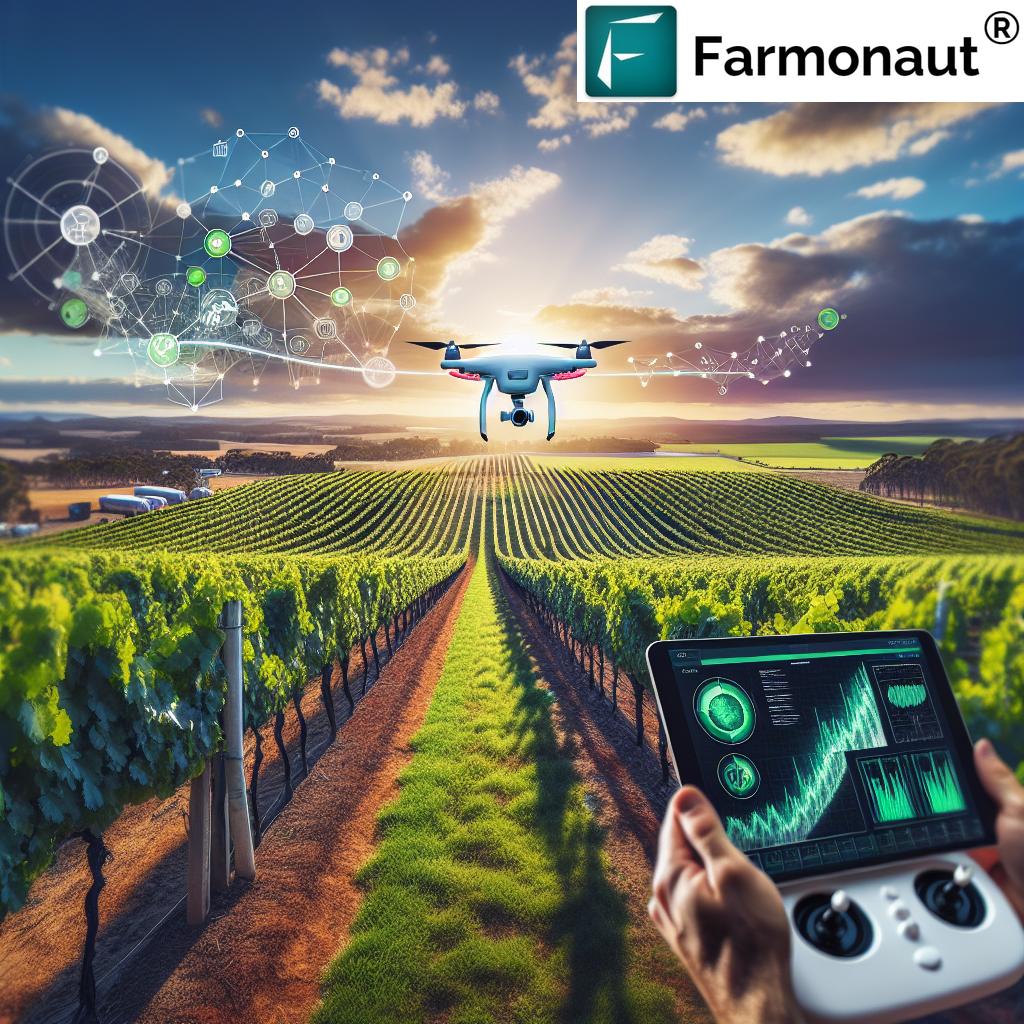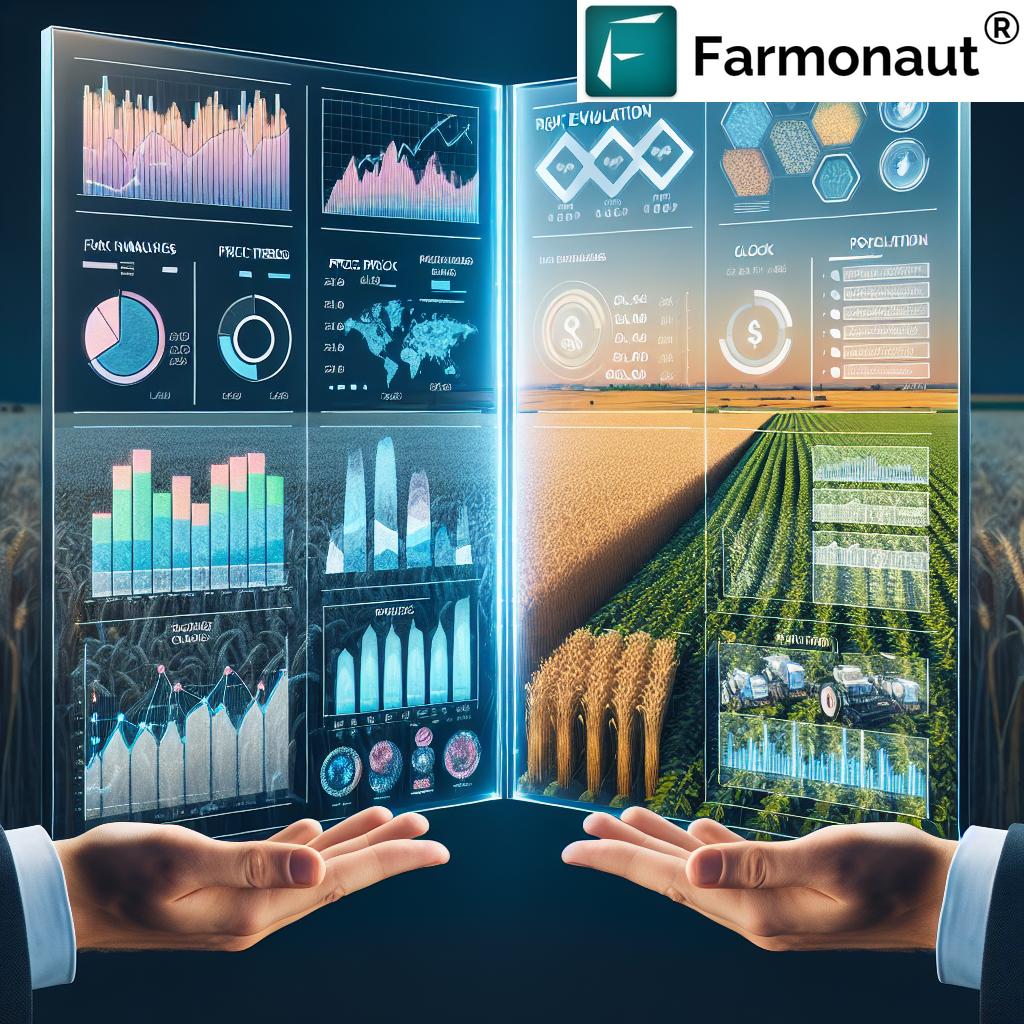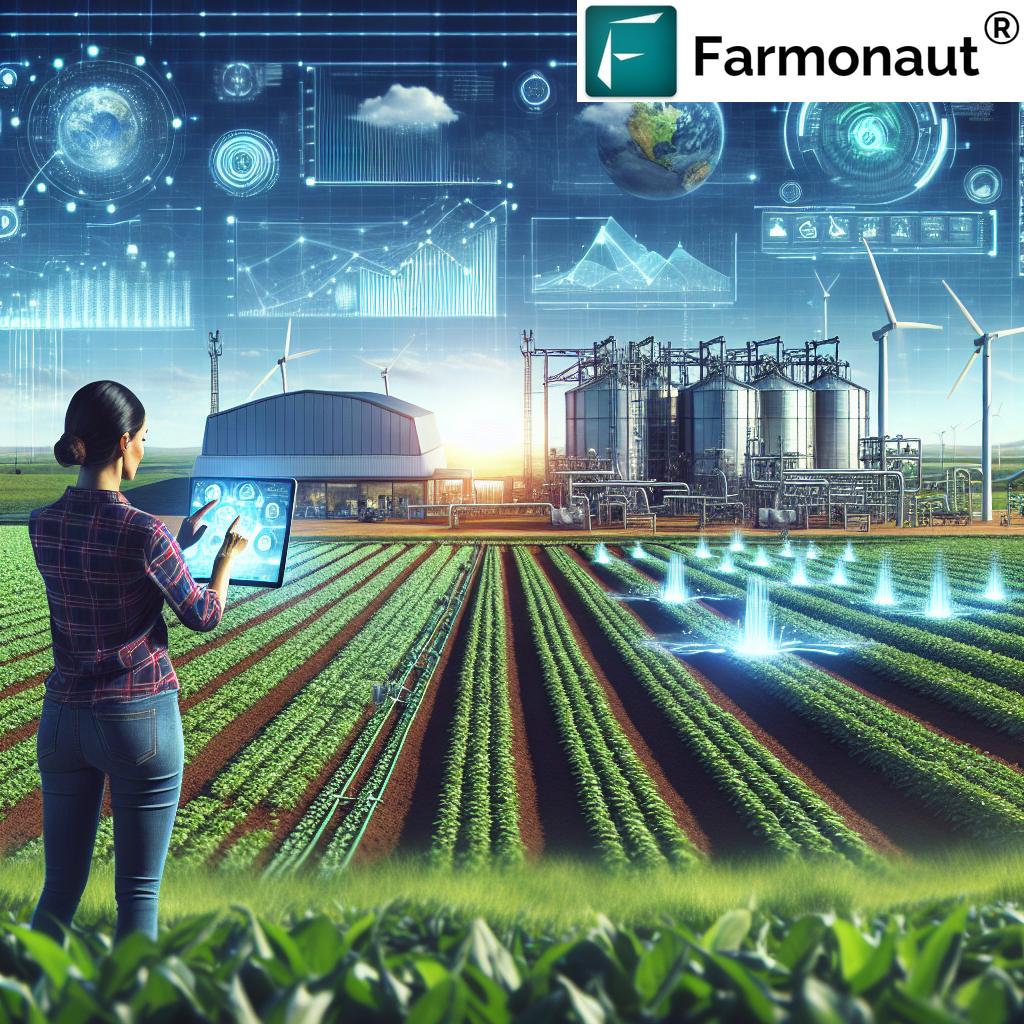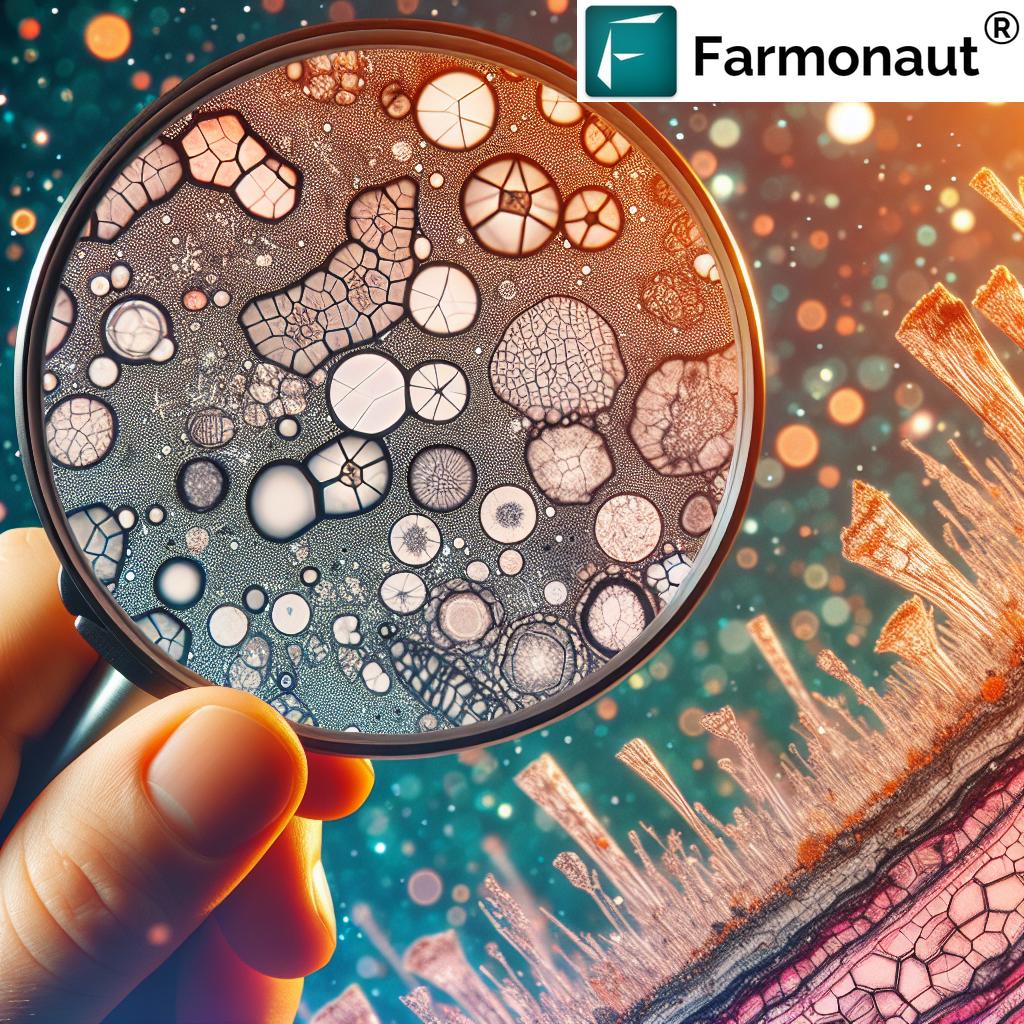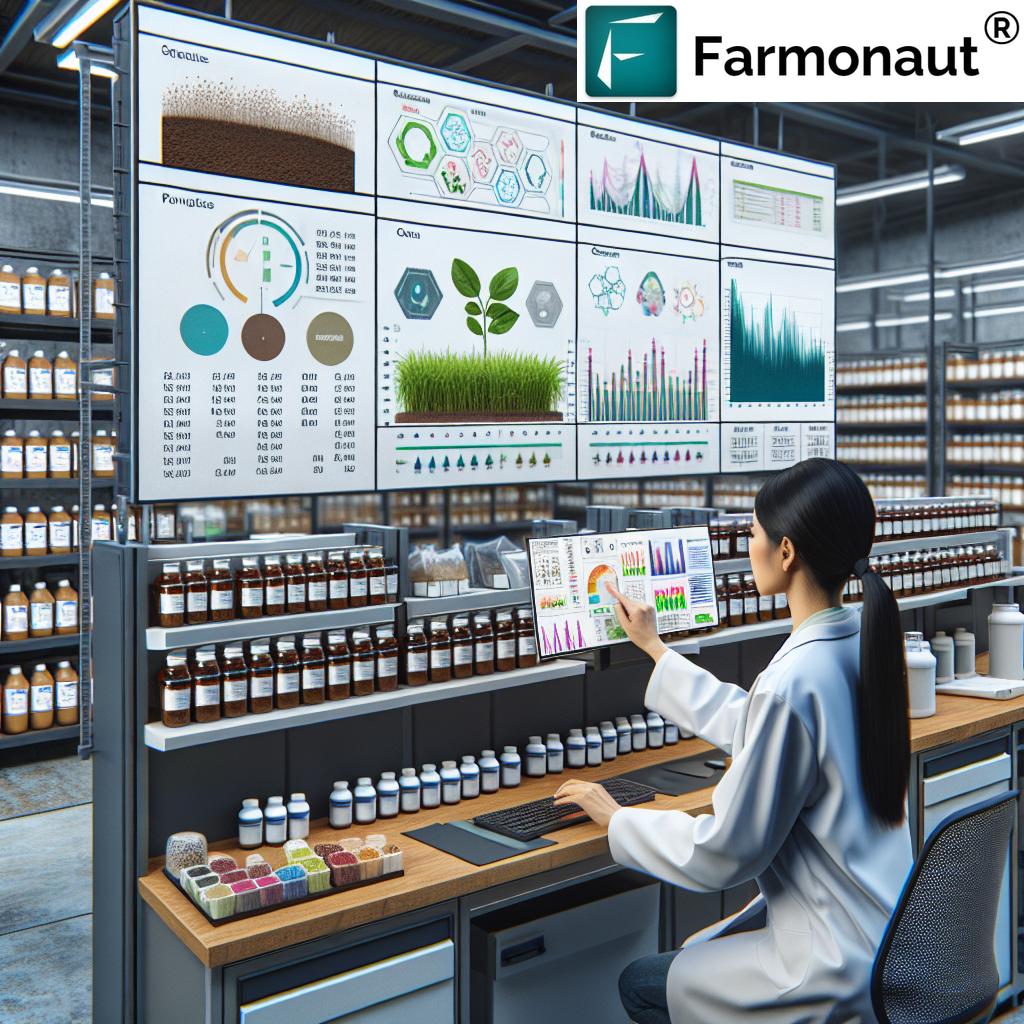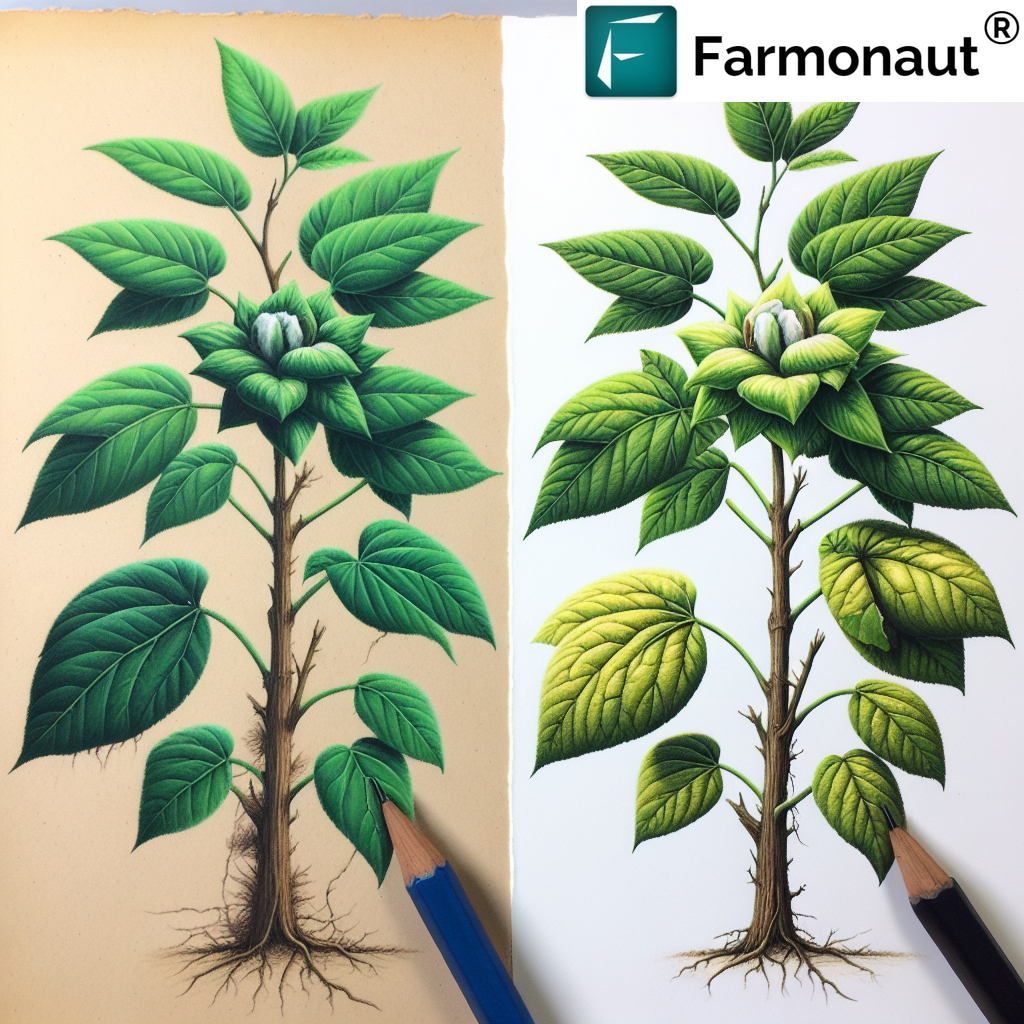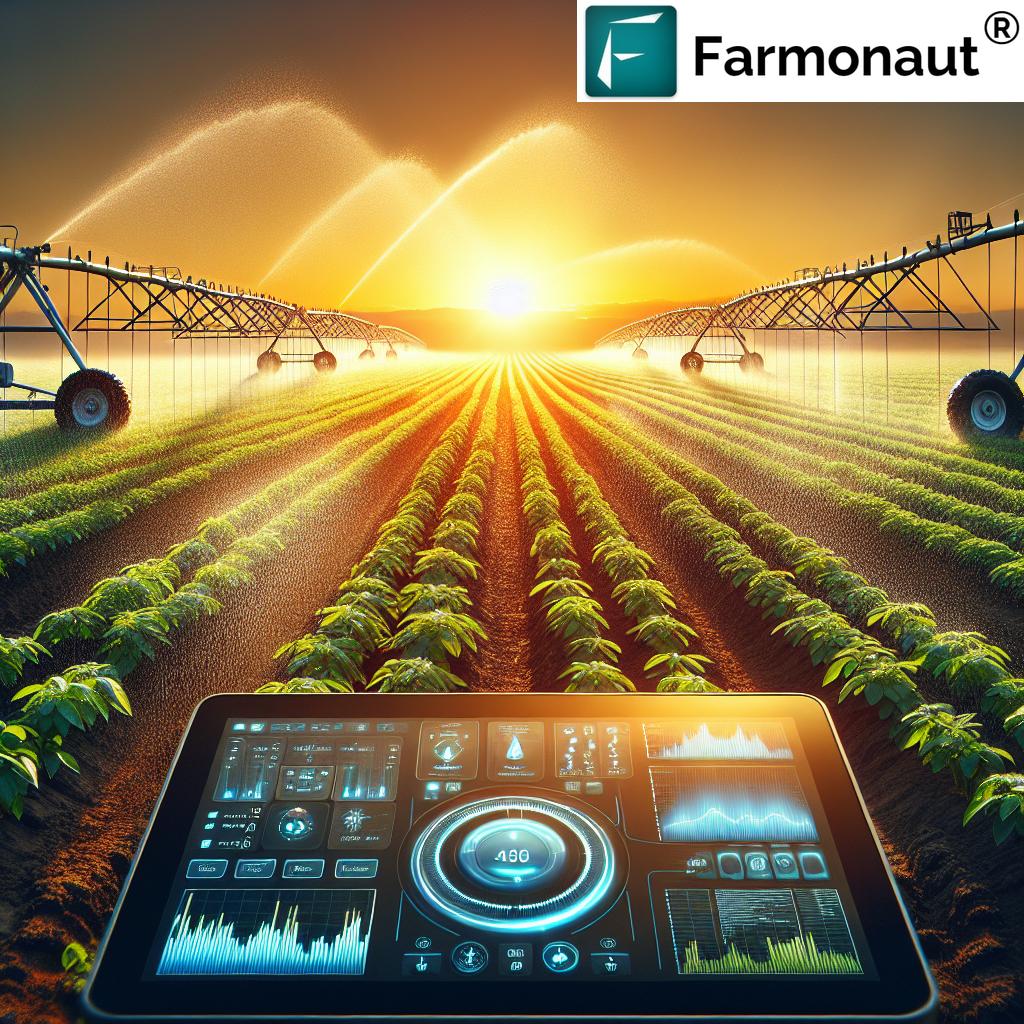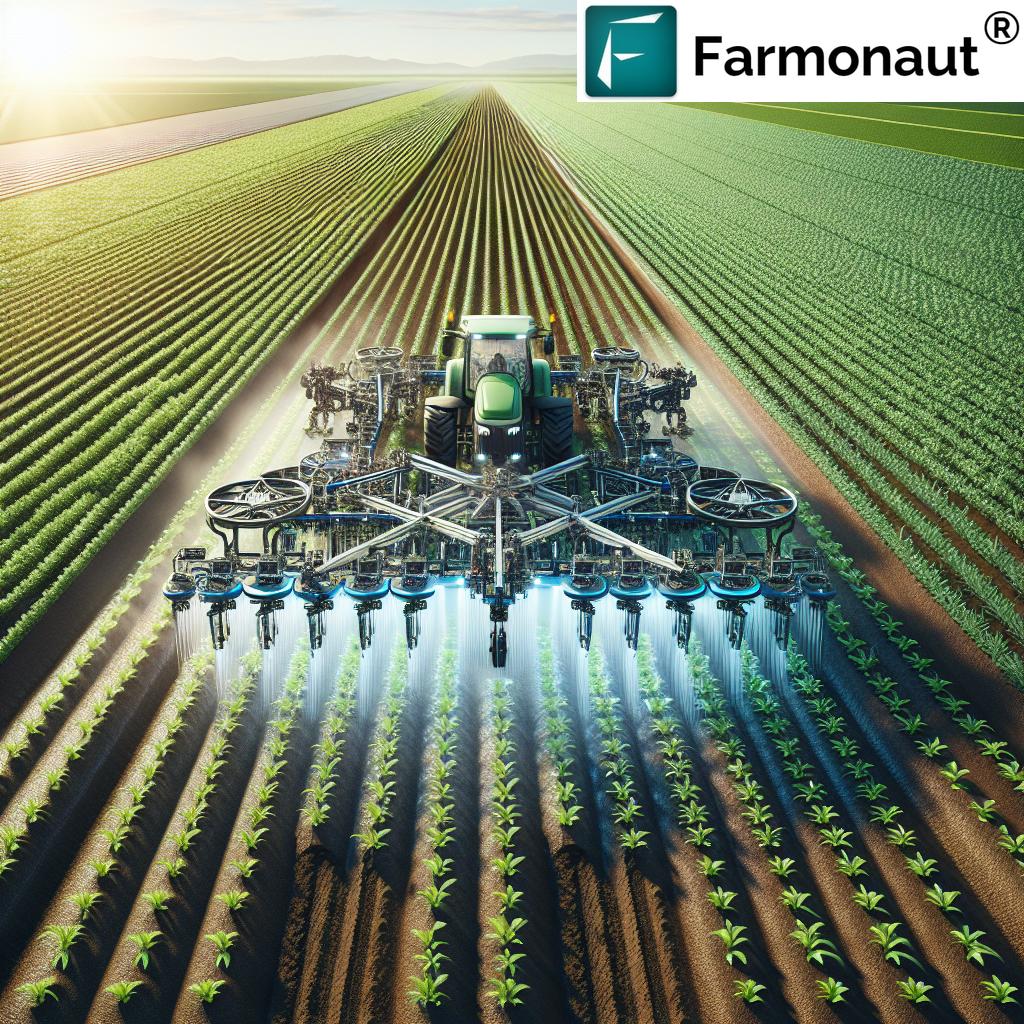Precision Viticulture Market: 7 Shocking Trends in Wine
“Precision viticulture technologies can increase grape yield by up to 20% through data-driven vineyard management.”
Market Overview: Precision Viticulture and Its Meteoric Rise
As the global wine industry evolves, we are witnessing a remarkable transformation: precision viticulture has emerged at the forefront, merging technology and tradition to reshape how vineyards are managed. By harnessing advanced vineyard management technologies—including GPS, IoT sensors, satellite imagery, and GIS—we can now optimize grape yield, elevate wine quality, and promote sustainable vineyard practices with unmatched precision.
In recent years, the precision viticulture market has rocketed forward. In 2022, it was valued at approximately $1.8 billion and is projected to reach $4.59 billion by 2034, boasting a CAGR of nearly 11%. This strong expansion is driven by global demand for superior wine products, resource-efficient agriculture, and the ever-increasing integration of advanced technology into traditional farming.
- Broad adoption spans North America (notably California), major wine regions in Europe (France, Italy, Spain), and fast-growing markets in Asia-Pacific (Australia).
- The largest market segment by component is hardware (sensors, drones, GPS)—making up over 61% of market share—while software (cloud/web analytics) is the fastest-growing.
- Increasing regulatory and consumer demand for sustainability fuel the adoption of these solutions.
Throughout this post, we’ll explore the shocking trends that are revolutionizing precision viticulture, delve into key market drivers and segmentation, address challenges, and illuminate the innovations that are changing the future of wine.
Precision Viticulture Market: 7 Shocking Trends
Let’s dive into the most impactful trends redefining precision viticulture, shaping everything from grape yield optimization to wine quality enhancement:
-
Satellite and Drone Imagery for Vineyard Monitoring
- By integrating high-resolution satellite imagery and drones, we can now map every inch of the vineyard, analyze vine health, monitor growth, and detect stress zones in real time.
- This trend supports viticulture monitoring systems that consistently outperform traditional field scouting—enabling timely, targeted intervention for irrigation, fertilization, and pest control.
-
IoT and Sensor Networks Drive Real-Time Vineyard Insights
- The deployment of IoT in viticulture—including soil moisture, temperature, humidity, and environmental sensors—allows for 24/7 data collection.
- These sensor networks form the backbone of data-driven vineyard management, supporting cost-effective production decisions that maximize yield and limit resource wastage.
-
AI-Driven Data Analytics for Precise Vineyard Decisions
- With advanced artificial intelligence (AI) and machine learning, growers can process massive datasets from their vineyards, revealing patterns in vine health and predicting harvest yields with striking accuracy.
- AI is a game-changer for integrated vineyard data solutions—turning “big data” into actionable action for improved quality and profit.
-
GPS and GIS-Driven Precision Vineyard Mapping
- GPS vineyard monitoring and GIS mapping enable us to track spatial variability in soil, topography, and vine vigor.
- This trend unlocks true precision agriculture in vineyards, permitting variable rate irrigation, fertilization, and vineyard zoning for tailored management.
-
Sustainable Practices Accelerate
- There’s a rapid shift toward sustainable vineyard practices—optimizing the use of water, fertilizers, and pesticides by leveraging data from sensors and satellite monitoring.
- Sustainability not only reduces costs and environmental impact, but also enhances a wine’s competitiveness with eco-conscious consumers.
-
Cloud-Based Platforms & “Vineyard-as-a-Service” Rise
- Cloud connectivity powers solutions for large and small growers—providing real-time remote monitoring, predictive analytics, and easy integration with existing farm management tools.
- This accessibility encourages global and regional adoption—even for producers previously unable to invest in traditional, hardware-heavy precision systems.
-
Blockchain and Transparently Traceable Wine Supply Chains
- Traceability driven by blockchain ensures every bottle’s journey from vineyard to consumer is documented, reducing fraud and boosting brand trust.
- Producers gain a new edge in premium and export markets with verifiable quality, sustainability, and origin claims, aligning perfectly with modern consumer preferences.
“Over 60% of top global wineries have adopted precision viticulture tools to enhance wine quality and sustainability.”
Trends Impact Comparison Table
Key Drivers of Precision Viticulture Adoption
The surge in precision viticulture we see globally is deeply rooted in several market drivers, all of which signal a new era for wine regions and producers.
- Technological Advancements: The rollout of IoT, AI, connected sensors, and robust data integration has made precision tools increasingly affordable and user-friendly for vineyard owners at every scale.
- Sustainability and Resource Efficiency: Our industry faces mounting regulatory and consumer demand for sustainable wine. Precision systems allow us to optimize resource use (such as water, fertilizers, and pesticides), reducing both costs and environmental impact.
- Wine Quality Enhancement: Through continuous monitoring of soil, vine health, and environmental conditions, managers ensure precise, timely interventions that directly improve grape quality and wine flavors.
- Growing Global Demand: As the global appetite for premium wines rises, producers are incentivized to deploy advanced vineyard management technologies that maximize both yield and quality.
Market Segmentation and Regional Insights
Components: Hardware vs. Software in Precision Viticulture
The precision viticulture market is divided by what we use to collect and process data:
-
Hardware:
- Includes drones, GPS devices, environmental and in-soil sensors, and variable rate technology (VRT) systems.
- The hardware segment dominates the market, with a 61.3% share in 2022, reflecting the foundational need for robust field and environmental monitoring.
-
Software:
- Cloud-based and web platforms analyze data from field hardware, offering growers actionable insights and alerts.
- Software is the fastest-growing segment (est. 12.1% CAGR), as it unlocks pattern recognition, predictive analytics, and remote access for all vineyard sizes.
Applications in Grape Yield Optimization and Vineyard Management
- Yield Monitoring: By deploying in-field sensors and using satellite/aerial imagery, we can assess grape yield in real-time through the season, enabling dynamic management and efficient harvest planning.
- Weather Tracking and Forecasting: Meteorological sensors, paired with digital apps, allow us to anticipate critical weather events, inform irrigation/fertilization schedules, and protect the crop during disease-prone or climatically harsh periods.
- Irrigation Management: Sensor-informed and satellite-driven soil moisture data enables precise, adaptive water application, minimizing waste and maximizing vine health.
- Crop Scouting: Drones, NDVI analysis, and field sensors allow early detection of vine diseases and pest hotspots, reducing losses and input expenses.
Regional Adoption: Where Precision Viticulture Shines
- North America: The United States, especially California, leads the world in both wine production and adoption of precision agriculture in vineyards.
- Europe: France, Italy, and Spain, with their mighty wine heritage, are early adopters of these technologies. There’s deep confidence that data-driven wine delivers consistency and global competitive edge.
- Asia-Pacific: Australia stands out by necessity; its water-scarce conditions drive the need for high-efficiency, data-centric vineyard management. Elsewhere in the region, curiosity and expansion are strong.
Challenges & Restraints in Precision Viticulture
While opportunity abounds, the journey to full adoption of precision viticulture is not without hurdles:
- High Initial Investment: Cutting-edge hardware and software systems, coupled with skill development requirements, make adoption challenging for small- and mid-sized vineyards.
- Data Integration and Accuracy: Integrating data streams from multiple devices (sensors, drones, weather stations, satellite feeds) demands sophisticated integration solutions and technical expertise.
- Technological Literacy: Not all regions have a workforce with overlapping knowledge in viticulture and advanced data technologies. Ongoing education and digital skill-building are essential.
Explore how you can programmatically access satellite-driven crop health, soil moisture, and vineyard data via the Farmonaut API or dig deeper with our developer documentation here.
Emerging Opportunities & Innovations
The ongoing digital transformation in viticulture opens up entirely new avenues:
- Customized, Scalable Solutions: There’s significant opportunity for providers to offer tailored vineyard management technologies—from smallholder apps to large-scale platform integrations.
-
Integration with Sustainability: Solutions that quantify and reduce environmental impact—such as carbon footprinting—are not just regulatory boxes to tick, but marketable assets for wineries.
Farmonaut’s Carbon Footprinting tool lets vineyards quantify and minimize the carbon emissions associated with their grape production, a vital differentiator in climate-conscious markets.
-
Blockchain Traceability & Product Authenticity: Transparent supply chains are fast-becoming an industry expectation. Producers can use blockchain-driven traceability to assure consumers and importers of authenticity.
Discover Farmonaut’s traceability solution—where blockchain technology guarantees product origin, journey, and sustainability.
-
Financial & Insurance Access: The growing ability to verify fields and yields remotely unlocks novel insurance and crop loan models for growers—notably simplifying processes and reducing fraud.
Find out how Farmonaut’s crop loan and insurance verification optimizes the underwriting process for both lenders and vineyard owners.
-
Fleet & Resource Optimization: For large producers, efficiency doesn’t stop in the vineyards—logistics, agricultural fleet management, and input delivery are all being streamlined.
Streamline vineyard fleets with Farmonaut’s Fleet Management tools—track equipment in real time and reduce operational overhead.
Competitive Landscape of the Precision Viticulture Market
The sector is home to a blend of agricultural equipment manufacturers, farm management platforms, and specialized data service providers:
- Deere & Company: Offering advanced machinery with embedded precision agriculture capabilities.
- Trimble Inc.: Providing sophisticated GPS and GIS systems for accurate field mapping and variable input management.
- Topcon: Renowned for advanced sensor equipment, variable rate technology, and vineyard management software.
- Atlas Vineyard Management, LLC: Specializing in end-to-end vineyard management services incorporating cutting-edge techniques.
- Deveron: Focused on drone and aerial-based agricultural imagery and analytics services.
Farmonaut: Empowering Precision Viticulture Success
Farmonaut stands at the cutting edge of agricultural transformation, offering advanced satellite-based farm management solutions that democratize access to affordable, data-driven, and scalable precision agriculture for vineyard owners worldwide.
Farmonaut Technologies Powering Vineyards
-
Satellite-Based Crop Health Monitoring:
- Utilizing multispectral satellite imagery, Farmonaut provides NDVI, soil moisture, and vegetation indices so we can monitor every corner of our vineyards for stress, disease, and water needs.
- Vineyard managers optimize irrigation, fertilizer applications, and environmental interventions—boosting yields and cutting input costs.
-
AI & Jeevn Advisory System:
- Farmonaut’s AI-driven Jeevn system delivers real-time, personalized recommendations by fusing satellite data with weather forecasts and historical crop performance.
- We receive actionable alerts and decision support—crucial for timely sprays, harvesting, and resource deployment.
-
Blockchain-Based Traceability:
- Farmonaut enables secure, blockchain-powered traceability for every stage of the vine-to-wine journey, increasing transparency and buyer trust in premium and export markets.
-
Fleet, Resource, and Carbon Management:
- Tools for fleet management and carbon tracking help us minimize waste, cut emissions, and meet sustainability compliance requirements—all with real-time dashboards and analytics for every farm manager or producer.
Crucially, Farmonaut operates on a flexible, subscription-based model (see easy sign-up below!), offering access to satellite-driven analytics directly from any smartphone, tablet, or computer:
Whether you’re a smallholder, cooperative, large vineyard, agribusiness, or corporate client, our goal always remains: to make the power of precision viticulture accessible, affordable, and transformative for every producer.
- Individual farmers receive precise, actionable alerts for managing vine health, soil moisture, and environmental stress at low cost.
-
Agribusinesses can scale analytics across multiple fields and fleets, using Farmonaut to optimize plantation, resource allocation, and supply chain performance.
For those managing multiple farms or blocks, Farmonaut’s Large Scale Farm Management Solution offers centralized, cloud-enabled tools to seamlessly monitor, analyze, and optimize vast vineyard operations.
- Government, financial, and corporate users gain unbiased, satellite-driven verification for crop area, yield estimation, insurance, and traceability.
Frequently Asked Questions
Precision viticulture is an innovative, technology-driven approach to managing vineyards. By using GPS, sensors, satellite imagery, and AI, growers can monitor vineyard variability, optimize resources, and make targeted, data-informed decisions that enhance grape yield and wine quality.
Q2. How do precision technologies optimize grape yield?
Through real-time monitoring (sensors/satellites), predictive analytics (AI/machine learning), and spatial mapping (GPS/GIS), managers can precisely adjust irrigation, fertilization, and disease controls. This targeted intervention typically increases grape yield by 10–20%.
Q3. What are the main benefits for small and medium-sized vineyards?
Key benefits include significant yield increase, reduced input costs (thanks to precise application of water and fertilizer), improved grape and wine quality, and the ability to rapidly detect and respond to stress, pests, and diseases across the vineyard.
Q4. Are these technologies affordable for all regions?
Providers like Farmonaut aim to make precision viticulture affordable by leveraging satellite imagery (instead of expensive on-site hardware) and offering subscription-based access—making it accessible even to smallholders in emerging wine regions.
Q5. How is sustainability ensured with these solutions?
By delivering precise irrigation, fertilizer, and pesticide plans tailored to the actual needs of each vineyard area, waste is minimized. Technologies like carbon footprinting and blockchain traceability further support greener, more sustainable vineyard operations.
Q6. What is the role of AI and machine learning in vineyard management?
AI and machine learning power predictive insights from huge datasets (satellites, sensors, weather stations)—enabling yield forecasting, disease risk alerts, and dynamic planning. This creates a smarter, more resilient vineyard ecosystem.
Q7. How can vineyards get started?
By signing up with a technology provider like Farmonaut, vineyards can begin monitoring their land with satellite data in just hours. Visit our web app or download our Android/iOS apps above to begin your precision journey.
Conclusion: The Future of Precision Viticulture is Here
As we survey the precision viticulture landscape, one fact is clear: advanced vineyard management technologies—from satellites and sensors to AI and blockchain—are changing the game for grape growers and wine producers everywhere. These innovations empower us to optimize yield, drive wine quality enhancement, and lead the industry toward more sustainable vineyard practices than ever before.
Farmonaut brings this revolution within reach for every scale of producer, with affordable, scalable, and actionable digital solutions. As global demand for superior, sustainable wines climbs, now is the time for growers everywhere—whether in America, France, Australia, or emerging regions—to harness data, technology, and a new way of thinking about their vineyards.
Ready to transform your vineyard with the power of precision? Get started with Farmonaut today—unlocking innovation, sustainability, and profitability for your vines, your wines, and your future.


